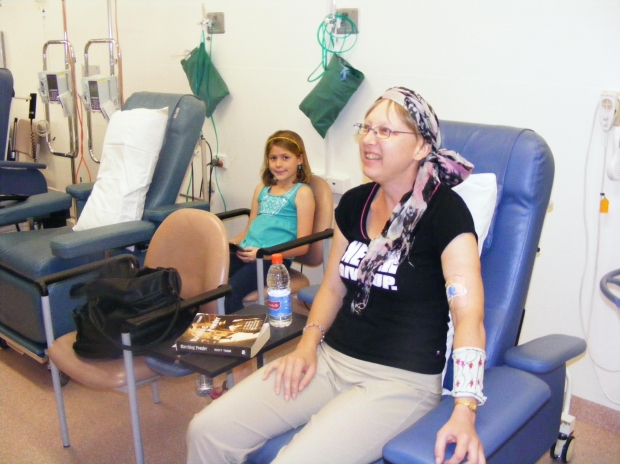Why On-Site Medical Interpreting Services Should Be the Preferred Option
Doctors and medical professionals have long struggled with providing medical interpreters for non-English speaking patients. The typical complaints are that the on-site medical interpreters are too expensive, unavailable or too hard to find. However, according to the law, the medical profession is required to provide a patient with a foreign language interpreter in order to ensure doctor-patient understanding and to secure implied consent. Interestingly, judicial interpretation of the law does not establish an absolute requirement that an interpreter be provided in a particular situation. However, in order to remain compliant, auxiliary aids must provide effective doctor-patient communication. Auxiliary aids have been interpreted to mean everything from qualified foreign language interpreters to video remote interpreting services (VRI).
As hospitals and medical centers look to cut costs, many are looking towards VRI as an option. However, before making the switch from in-person, face-to-face on-site medical interpreters to VRI, one must consider the malpractice risks. In general, by providing a qualified foreign language medical interpreter one will satisfy all legal requirements and not open themselves up to a malpractice claim.
Problems with Video Interpreting
Using VRI, on the other hand, comes with additional requirements – many of which are dependent on the quality of technology – any requirement which that is not fully satisfied puts the user at risk for failing to comply with the law and thus committing malpractice. Needless to say, there are risks associated with VRI.
Although there are no position statements on the use of VRI as applied to non-native English speakers, one can turn to the position statements of organizations promoting the Americans with Disabilities Act, which also requires the provision of interpreters. For example, according to the National Association of the Deaf (NAD), in order to avoid malpractice, the following technology-related recommendations are made:
- Internet connection: the hospital must have a dedicated high-speed (broadband) Internet connection and devote sufficient exclusive bandwidth for the delivery of VRI services to ensure high quality, clear, delay-free, full-motion video and high quality audio.
- Size, proximity, and position of the video screen relative to the individual: the individual must be positioned properly and comfortably to have an unobstructed view of the video screen; the equipment must provide clear, sufficiently large, and sharply delineated pictures of the interpreter’s and the individual’s head, arms, hands, and fingers.
- Camera angles and focus: hospital staff must be able to adjust the physical position of the camera; and the hospital and/or interpreter must be able to make adjustments in the camera angle (left/right, up/down, wide angle versus close-up view) and focus; and the interpreter must be able to see the individual clearly.
- Audio quality: clear and easily understood transmission of voices; and the interpreter and the hospital staff must communicate consecutively and be able to hear each other clearly, with limited background noise.
- Privacy protocol: patients, whenever possible, should be placed in a private room to minimize distractions and to improve quality of VRI communications.
- Portability/size of equipment and its cart: large-sized equipment in small rooms may be problematic; and predicting where an individual will stay or be moved in the hospital is an important factor in determining whether to use VRI services.
- Equipment set up and training: hospital staff must be trained on procedures for setting up VRI equipment and contacting the VRI provider; and hospitals should designate at least one (non-IT) staff position that is staffed 24/7 to resolve equipment set up problems that may arise. Training must include where the equipment is, whether it is stored or in use; where it can be used; how to set it up; and how to access an interpreter. Such training should be incorporated in the required annual hospital staff training and testing, and should include regular hands-on training to be most effective.
- Technical issues: hospitals and VRI providers should designate and have available 24/7 at least one IT staff member capable of troubleshooting and resolving technical issues that may arise.
- Spare VRI equipment: hospitals should have at least two sets of VRI equipment: in case one breaks or when two deaf individuals are in the hospital at the same time.
Although the NAD recognizes VRI as a technology that may be used by hospitals and other medical centers to ensure immediate communication access, it also clearly states that the ‘use of on-site interpreters should always be paramount‘ and ‘when VRI is used in the absence of any available on-site interpreter, it must be used properly in terms of policy, procedure and technology’. When it comes to using VRI technology to communicate with a non-native English speaker, a similar position should be taken.
Using an on-site medical interpreters guarantees compliance, whereas using VRI comes with a laundry list of additional requirements and abominable costs. Failure to conform to any of these requirements is not only a failure to ensure effective communication in accordance with the law, but also creates unnecessary risk to the well-being of the patient – thus opening the door to a potential malpractice claim.
#translationforlawyers #alllanguagealliance #medicalinterpreter #medicalinterpreterservices #medicaltranslationservices #medicaltranslator #denverinterpreter #coloradointerpreter #consentform #onsiteinterpreters #videointerpreting #onsiteinterpreting #medicalinterpretingservices #healthcareinterpreters #law
